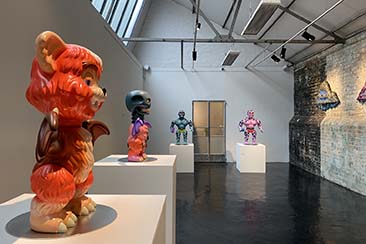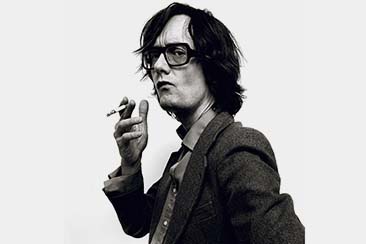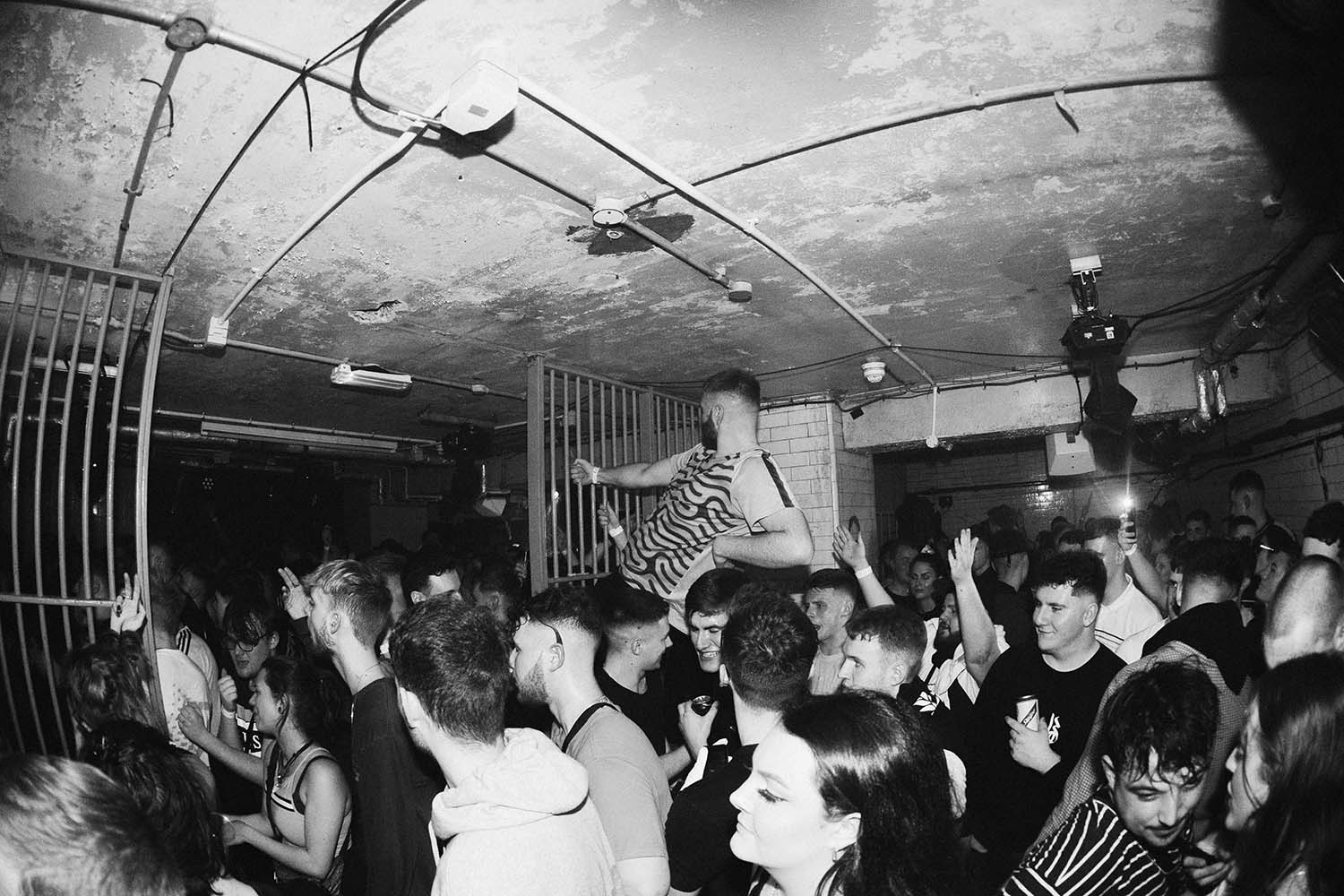Photojournalism in the second half of last century played a pivotal role in reporting the human cost of conflict around the world, bringing into sharp focus issues which would normally be out of sight, and so out of mind, to the rest of the world. The Universal Declaration of Human Rights was signed in 1945 in the aftermath of one of history’s worst periods, yet in the intervening years humanity has consistently failed to fulfil its obligations and attacked those who have strived to enact change.
The declaration is the starting point for a major London exhibition of photography, Human Rights Human Wrongs, which covers the post-war period up until the early 1990s through over 250 images drawn from the prestigious Black Star archive, as well as magazines and academic texts. Although photo reportage has provided defining images from world-shaping events including the Civil Rights Movement, the Vietnam War, the annexing of the Eastern Bloc and countless revolutions and uprisings, the exhibition argues that a single image can not, after all, completely define an event. Instead, The Photographer’s Gallery show presents events using series of images, not as one decisive moment but an evolving and multi-sided situation. Human Rights Human Wrongs runs from 6 February to 6 April.
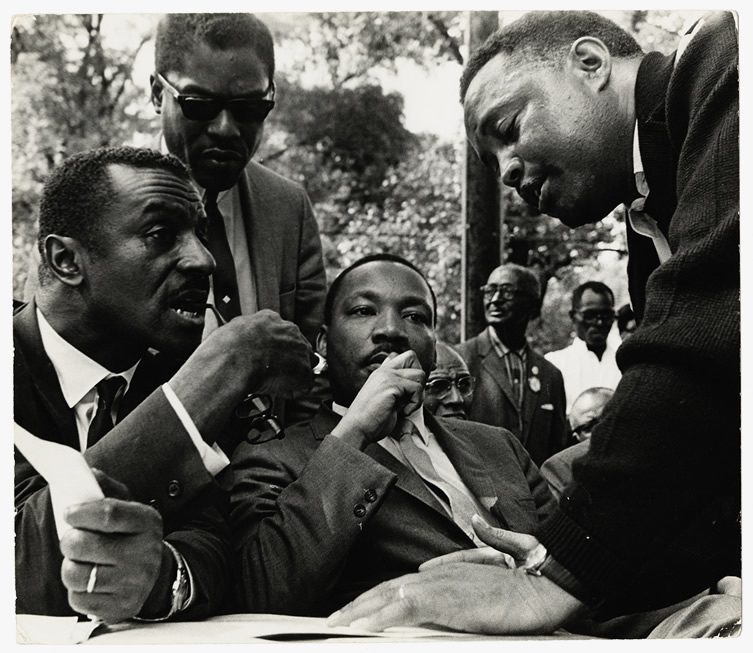
Bob Fitch
Martin L. King (Dr Martin Luther King Jr.)
Birmingham, Alabama, United States of America, December 1965
Gelatin silver print, BS.2005.177499 / 106-364
The Black Star Collection, Ryerson Image Centre
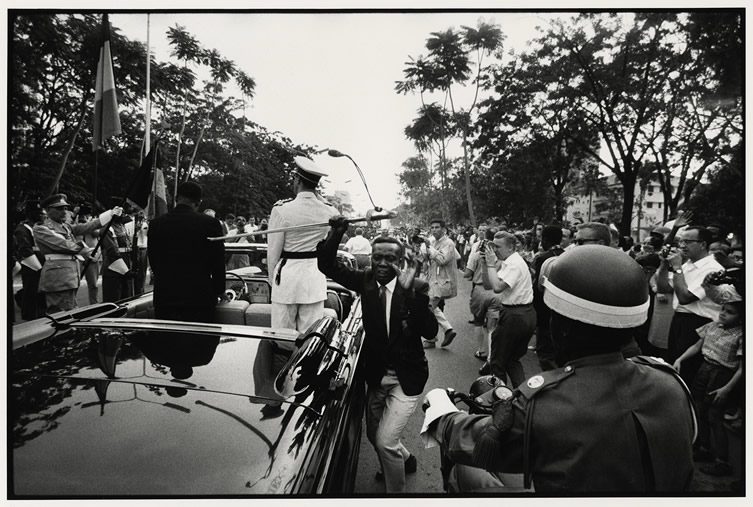
Robert Lebeck
Leopoldville [Young man steals the sword of King Baudouin I,
during procession with newly appointed President Kasavubu],
Leopoldville, Republic of the Congo (now Democratic Republic of the Congo),
June 30 1960
Gelatin silver print, RIC.2012.0111
Collection of the Ryerson Image Centre
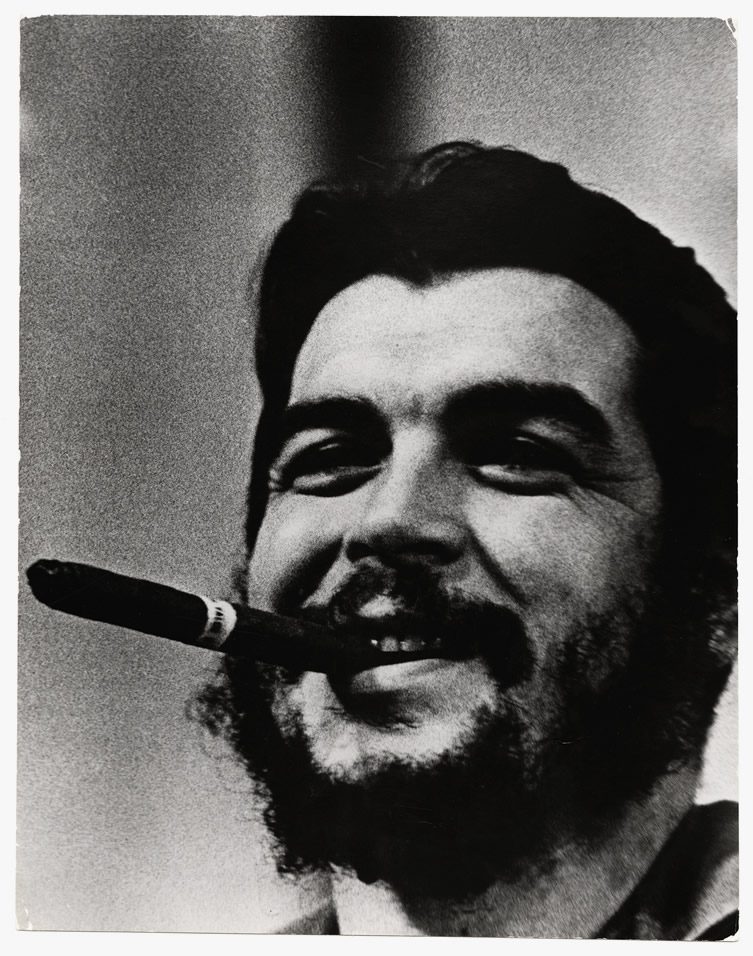
Osvaldo Salas
Che Guevara, location unknown, c.1962
Gelatin silver print, BS.2005.160187 / 95-1496
The Black Star Collection, Ryerson Image Centre
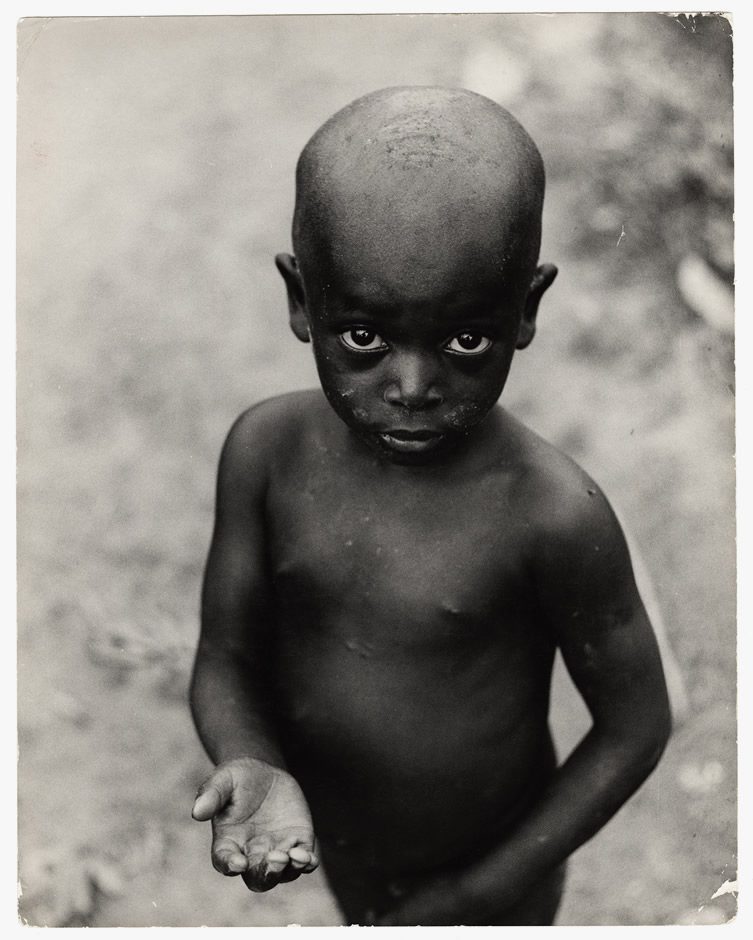
Carlo Bavagnoli
Biafra, Republic of Biafra (now the Federal Republic of Nigeria), ca. 1968
Gelatin silver print, BS.2005.059951 / 37-1079
The Black Star Collection, Ryerson Image Centre
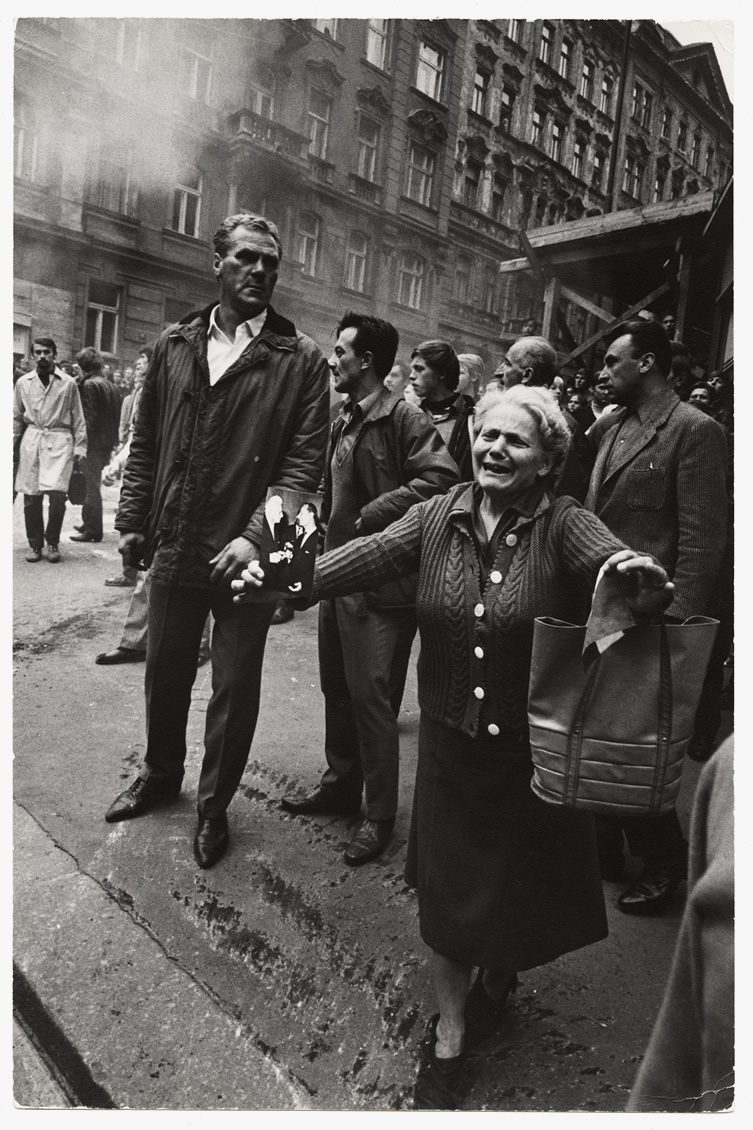
Hilmar Pabel
Czechoslovakia Invasion, Prague, Czechoslovakia (now Czech Republic),
August 21 1968
Gelatin silver print, BS.2005.005477 / 4-111
The Black Star Collection, Ryerson Image Centre


